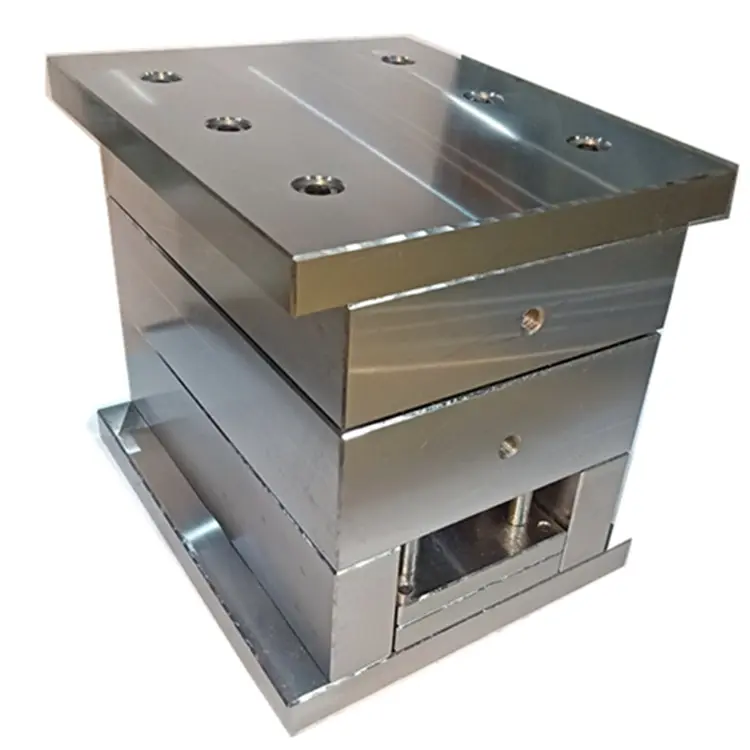In the competitive landscape of manufacturing, understanding the materials used in production is crucial for success. One such material that is paramount for mold-making processes is mold steel. This article delves deep into the characteristics, types, applications, and the importance of mold steel specifically for Korean manufacturers.
What is Mold Steel?
Mold steel is a specialized type of tool steel that is designed for the construction of molds and dies used in manufacturing processes such as injection molding and die casting. Its unique properties help ensure high precision and durability, making it an indispensable material in various industries.
Key Properties of Mold Steel
The selection of mold steel is heavily influenced by its physical and mechanical properties. Here are some of the essential properties:
- Hardness: Mold steel typically exhibits high hardness, allowing it to withstand wear and tear over time.
- Toughness: Toughness is crucial to prevent cracking and chipping during operations.
- Corrosion Resistance: Certain mold steels are alloyed to resist rust and degradation, which is vital in humid environments.
- Thermal Conductivity: Efficient heat dissipation is essential in processes like injection molding, and mold steels can be formulated to have excellent thermal conductivity.
Types of Mold Steel
Korean manufacturers can choose from several types of mold steel, each with its specific applications:
- P20 Steel: Ideal for low to medium production runs, P20 is widely recognized for its good toughness and machinability.
- S7 Steel: Known for its shock resistance, S7 is often used in applications requiring durability under heavy stress.
- H13 Steel: Often preferred for hot work applications, H13 is an excellent choice for high-temperature and high-performance operations.
- 420 Stainless Steel: This is utilized in applications requiring both durability and corrosion resistance, often in food processing and medical equipment.
Applications in Korean Manufacturing
Mold steel finds applications across various sectors in Korean manufacturing:
- Automotive Industry: Mold steel is critical in producing various components, such as bumpers and dashboards.
- Electronics: In the electronics sector, mold steel enables the production of precise and intricate designs for housings and circuit boards.
- Consumer Goods: Mold steel is used to manufacture everyday products like containers, bottles, and toys.
Importance of Mold Steel in Production Efficiency
Using the right mold steel not only enhances the quality of the final product but also improves production efficiency. Here’s how:
- Reduced Downtime: High-quality mold steel can withstand wear, leading to less frequent replacements and, consequently, less downtime in production.
- Better Surface Finishes: The precision offered by mold steel ensures a better finish on the final products, which can significantly reduce post-processing costs.
- Consistent Quality: Utilizing high-grade mold steel helps in maintaining product quality, leading to increased customer satisfaction.
Factors to Consider When Choosing Mold Steel
Selecting the appropriate mold steel requires careful consideration of several factors:
- Type of Process: Different manufacturing processes may necessitate different types of mold steel. For instance, high-speed processes may require tougher materials.
- Lifespan Expectancy: For long-lasting molds, invest in high-quality steel that can endure repeated use.
- Cost: While high-quality mold steel may have a higher upfront cost, it could lead to long-term savings through reduced maintenance and replacements.
Sustainability and Mold Steel
As manufacturers like those in Korea are focusing more on sustainability, the choice of mold steel can significantly impact environmental practices. Here are ways to incorporate sustainability:
- Recyclability: Many types of mold steel are recyclable, so choosing materials that can be reused reduces waste.
- Production Efficiency: Reducing energy consumption and waste during production can lower the overall environmental impact.
FAQs About Mold Steel
What is the best mold steel for injection molding?
H13 steel is often considered one of the best options for injection molding due to its high hardness and heat resistance.
How does mold steel differ from regular steel?
Mold steel is specifically formulated to have unique properties such as high hardness, corrosion resistance, and toughness, suited for mold and die applications, while regular steel may lack these attributes.
Can mold steel be recycled?
Yes, mold steel can be recycled, making it a more sustainable material choice for manufacturers.
Conclusion
Understanding the intricacies of mold steel is essential for Korean manufacturers aiming to enhance their efficiency, product quality, and sustainability efforts. With various types available, careful selection based on properties and application can lead to significant advantages in the manufacturing process. Investing in high-quality mold steel not only ensures durable and precise products but also contributes to long-term savings and environmental responsibility.

